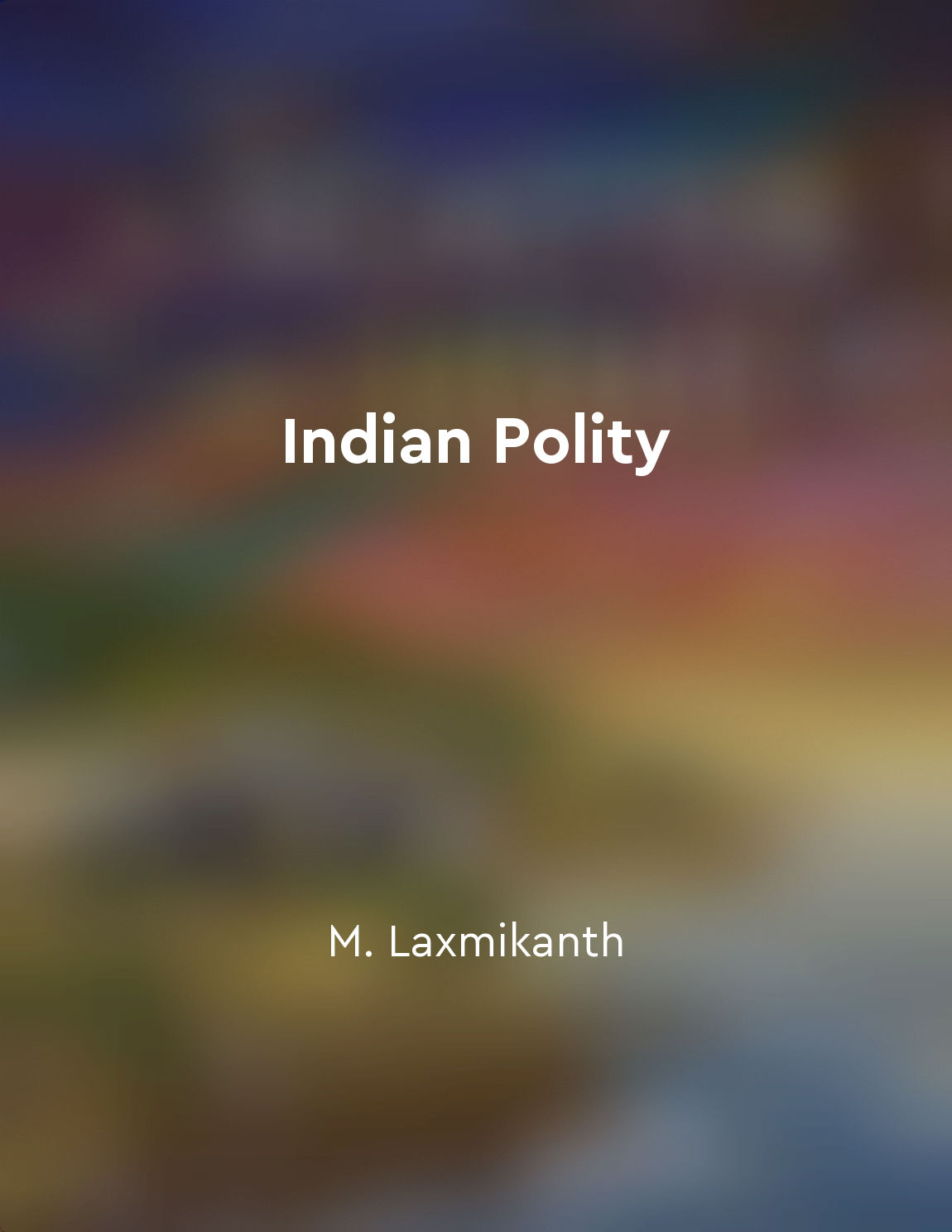Union Territories from "summary" of Indian Polity and Constitution Book by Mocktime Publication
Union Territories in India are special administrative divisions that are under the direct control of the Central Government. Unlike states, Union Territories do not have their own governments with elected chief ministers and legislatures. Instead, they are governed by an administrator appointed by the President of India. This administrator is responsible for the overall administration of the Union Territory and reports directly to the Central Government. There are currently eight Union Territories in India: Andaman and Nicobar Islands, Chandigarh, Dadra and Nagar Haveli and Daman and Diu, Lakshadweep, Delhi (National Capital Territory of Delhi), Puducherry, Ladakh, and Jammu and Kashmir. Each Union Territory has its own unique characteristics and governing structure, depending on i...Similar Posts
Globalization has both positive and negative impacts on modern India
Globalization has brought about significant changes in modern India, impacting the country in both positive and negative ways. ...
Lok Sabha
The Lok Sabha is the Lower House of the Indian Parliament. It is composed of members who are elected by the people through a pr...
South Asia's diverse languages and cultures contribute to its rich tapestry of diversity
South Asia is a region of immense linguistic and cultural diversity. This diversity is reflected in the numerous languages spok...
Social reforms in modern India
Social reforms in modern India have been a significant aspect of the country's journey towards progress and development. These ...

Union Executive
The Union Executive consists of the President, the Vice-President, the Prime Minister, the Council of Ministers, and the Attorn...

Prime Minister is the head of government
The Constitution of India establishes a parliamentary system of government, wherein the Prime Minister is designated as the hea...
Spread of dissent
In the tumultuous years following the death of Aurangzeb, the Mughal Empire was on the brink of collapse. As the central author...
The need for a system of government that is responsive to the will of the people
The essence of a functional government lies in its ability to reflect the desires and needs of its citizens. A government that ...
Current affairs must be linked to historical events for a comprehensive understanding
Understanding current affairs in isolation can only provide a superficial grasp of the events unfolding around us. To truly com...
The Constitution establishes a system of checks and balances
The Constitution of India is not just a document that lays down the laws of the land; it is a carefully crafted framework that ...
